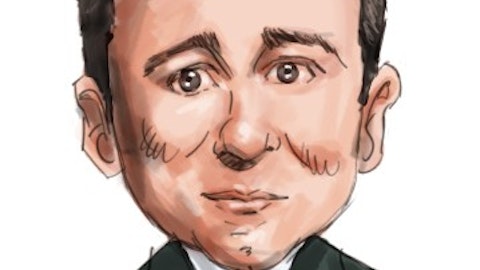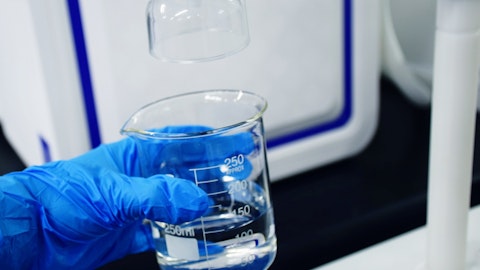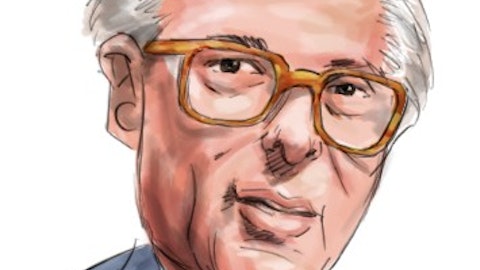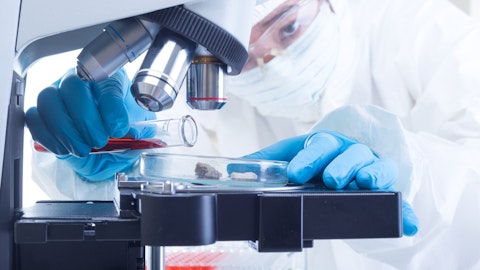Aris Kekedjian: Well, so the 9210 product is our workhorse product, okay. We sell it all over the world including the United States. We sell direct in the U.S. and we sell direct in Brazil. That product is going through 18 months to 24 months product upgrade strategy. We expect to be working on new releases more than one over the next couple of years around that flagship product that will significantly improve it. I think that will make it attractive, not just in the existing high growth markets in South America and Asia, but I think it puts us in a position to get growth at a level I’d be happier with in the U.S. And in some of the more traditional markets outside the U.S., potentially in Europe. I think the more important question in the U.S., at least in the short run, is the timing of getting our premier resolution variant instrument basically cleared by the FDA and into the market.
We’re working very closely on that and I think that one is a key move for us in the U.S.
Jim Sidoti: Right. And when you think about acquisitions, is it for the hemoglobin business or one of the other two businesses that you have identified?
Aris Kekedjian: So, I think of it this way, okay. There are three trends we care about and that we have some game in real game. Diabetes and hemoglobins point of care and decentralized testing. And what we see more and more in terms of monitoring around a lot of the therapeutics that are being introduced in all the conditions, new kind of chronic conditions that we’re dealing with. And our a bit of an edge in that area, okay. My focus is, any M&A has to fall in those categories or an intersection of those categories. You can think about what that might mean, but diabetes is the largest decentralized testing market on the planet. So, there’s a lot of activity up in that area. It’s an area we know, it’s an area we understand. So, I would expect our next couple of moves will be likely in the area of diabetes and decentralized care, point of care, testing.
Jim Sidoti: Okay. And then on the other side of that, when you’re thinking about the divestitures and some of the non-core assets, can you break-out for the Fitzgerald business what those sales were in 2022?
Aris Kekedjian: John, you have the Fitz number?
John Gillard: About 12 million, Jim.
Jim Sidoti: Okay. All right. Good. And then a last one for me. With the recent option grants and warrant repricing, what do you expect the share count to be for 2023?
John Gillard: point, the options typically have a 3-year life , 2 to 3 year life. So, I wouldn’t expect €“ I don’t expect significant option exercises over the . To be honest with you, and then you’ve got the hurdle rates on top of that as well. So, I don’t expect significant on that. In terms of the warrants, that’s up to perceptive as to what they want to do with those, but outside of that, it’s dependent whether we raise equity. And so, there’s obviously a number of moving pieces within that, Jim?
Jim Sidoti: Okay. I guess, I did have one more. So, absent any acquisitions, assuming you get the increase in revenue from the hemoglobin and in the HIV businesses. And considering all the expense cutting you’ve had, do you expect to be free cash flow positive in 2023?
John Gillard: I think as we get towards the end of the year, I’d be hopeful we will, it will depend on how quickly we can roll out print screens. It depends on how quickly we can get the resolution in the market in the U.S. So, one of the things that our market has been the number moving parts, but I think as we move towards the year-end, we’re on top of just being operationally cash flow positive. We’re very focused on the cost of our and the cash outflows associated with those interest costs as well.





